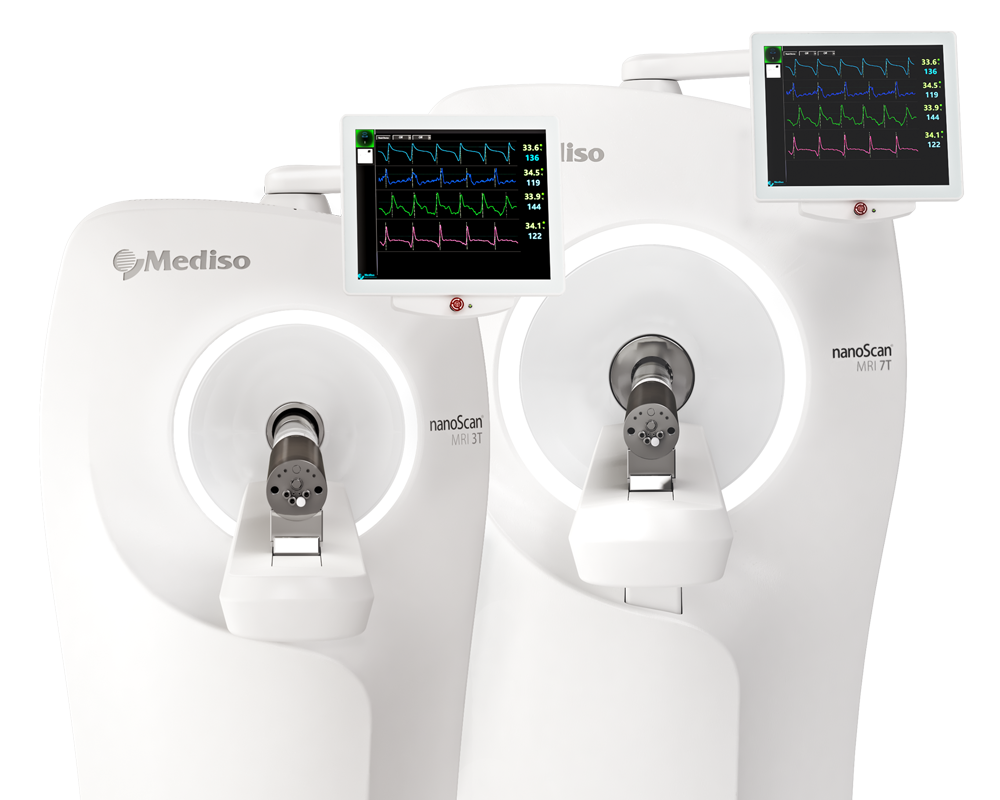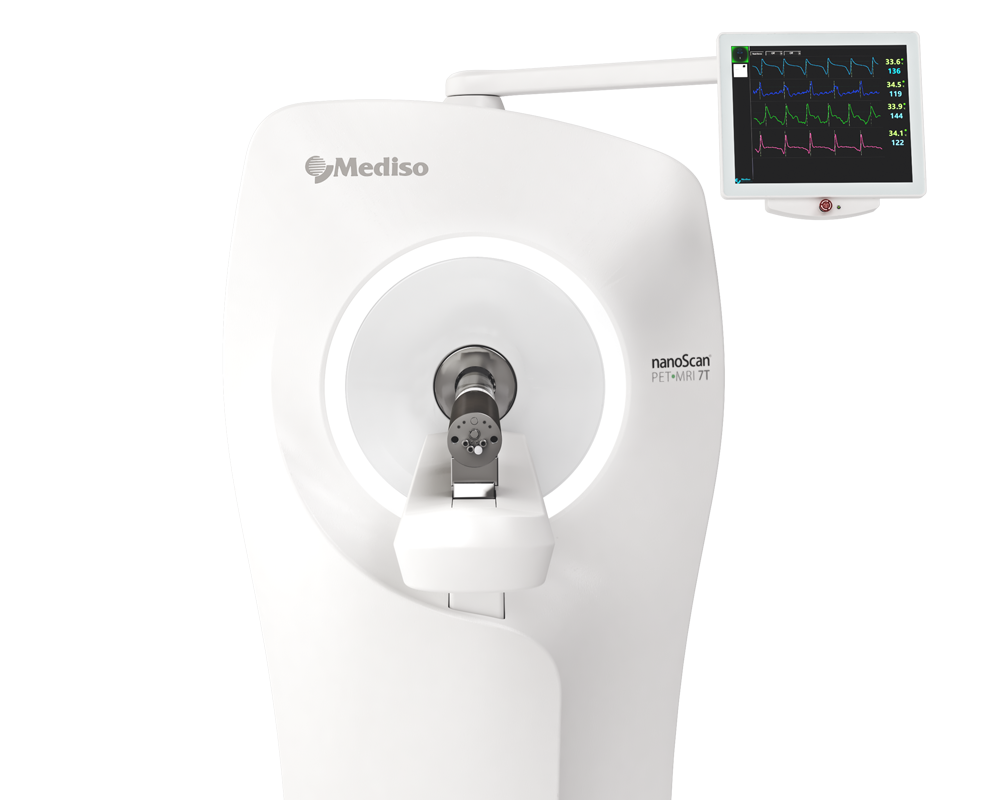Increased Expression of GLP-1R in Proliferating Islets of Men1 Mice is Detectable by [68Ga]Ga-DO3A-VSCys40- Exendin-4 /PET
2018.01.15.
Azita Monazzam et al., Scientific Reports, 2018
Abstract
Multiple endocrine neoplasia type 1 (MEN1) is an endocrine tumor syndrome caused by heterozygous mutations in the MEN1 tumor suppressor gene. The MEN1 pancreas of the adolescent gene carrier frequently contain diffusely spread pre-neoplasias and microadenomas, progressing to macroscopic and potentially malignant pancreatic neuroendocrine tumors (P-NET), which represents the major death cause in MEN1. The unveiling of the molecular mechanism of P-NET which is not currently understood fully to allow the optimization of diagnostics and treatment. Glucagon-like peptide 1 (GLP-1) pathway is essential in islet regeneration, i.e. inhibition of β-cell apoptosis and enhancement of β-cell proliferation, yet involvement of GLP-1 in MEN1 related P-NET has not yet been demonstrated. The objective of this work was to investigate if normal sized islets of Men1 heterozygous mice have increased Glucagon-like peptide-1 receptor (GLP-1R) expression compared to wild type islets, and if this increase is detectable in vivo with positron emission tomography (PET) using [68Ga]Ga-DO3A-VS-Cys40-Exendin-4 (68Ga-Exendin-4). 68Ga-Exendin-4 showed potential for early lesion detection in MEN1 pancreas due to increased GLP1R expression.
Wie können wir Ihnen behilflich sein?
Bitte kontaktieren Sie uns für technische Informationen und Unterstützung jeglicher Art in Zusammenhang mit unseren Entwicklungen und Produkten.
Kontaktformular
